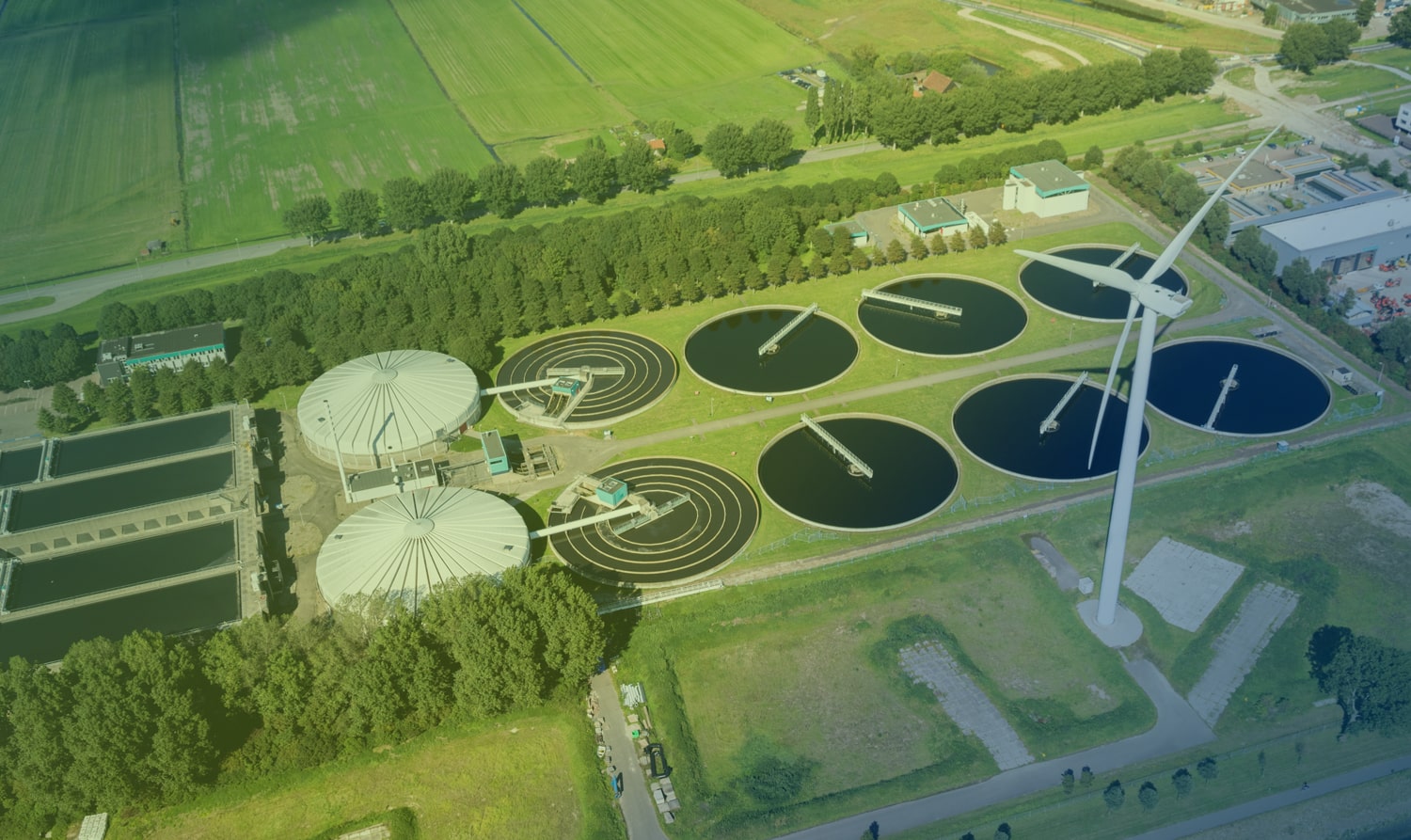Grease traps, also known as grease interceptors, are grease recovery devices designed to intercept most grease and solids before they enter a wastewater system or municipal sewer. There are many problems associated with the operation of the grease trap, many of which are caused by a build-up of organic matter within the system that can lead to plugging and retention, as well as odour issues.
FOG unfortunately is a problem most food service establishments must deal with in some form or another.The grease, fats and oils discharged down drains by restaurants, fast food outlets and commercial kitchens cause problems such as clogged drains and plugged drain fields. The septic drain field often collects organic materials along with the grease and fats which can prevent the liquid waste discharge from gradually traveling through the distribution system and into the soil. It is expensive to have the waste product pumped out and/or removed.
You may have heard of FOG if you’ve been researching your grease trap or the requirements to have one by your county. FOG is an acronym standing for Fat, Oil, and Grease. These are the three major culprits to the problem grease traps try to solve, the buildup of these products on the inside of pipes, which causes constriction of water flow, sewer backup, overstressed treatment stations, and in extreme cases fatbergs. However, these fats, oils, and grease are not often in their pure forms when you wash them down the drain: almost all your products contain some form of FOG.
From cafes to salad bars to fried chicken outlets, all product FOG need a grease trap – both to meet local laws as well as keeping your pipes clear of blockages. Here are some common sources which you might not think of:
- Cooking Oil: From canola to olive, spray on or pour-in.
- Butter and Shortening: From butter pats to bakery dough.
- Salad Dressings: Many contain oil, dairy, or both.
- Animal Products: Including animal fat and fatty cuts.
- Milk and Cream: Especially true for cafes that serve coffee drinks.
- Fried Food: Both from grease on the plate as well as utensils for cooking it.
What’s true for all of this is this source usually affects your wastewater twice: once when cleaning the cooking vessels and utensils that made the food, and a second time when the dishes and utensils it was served with are cleaned.

